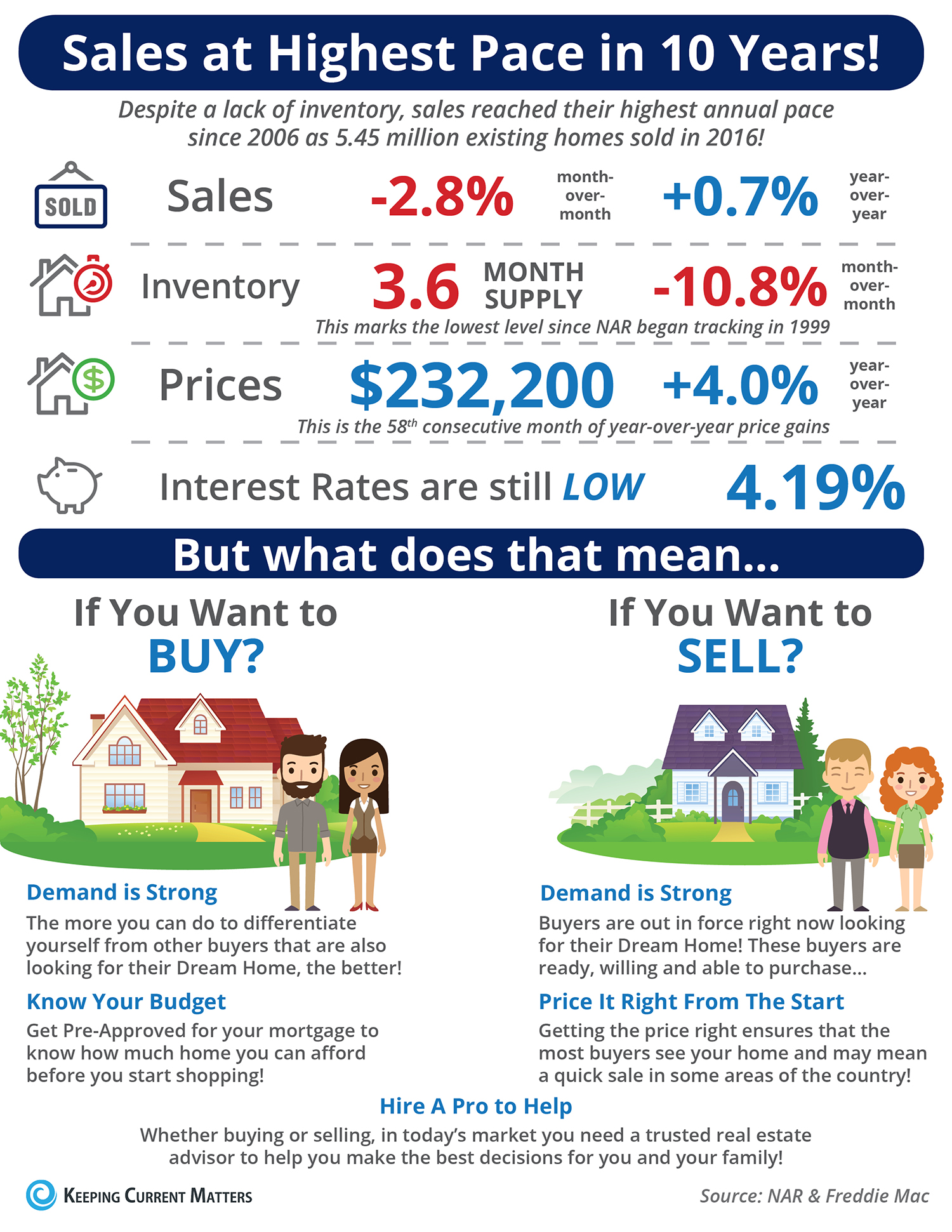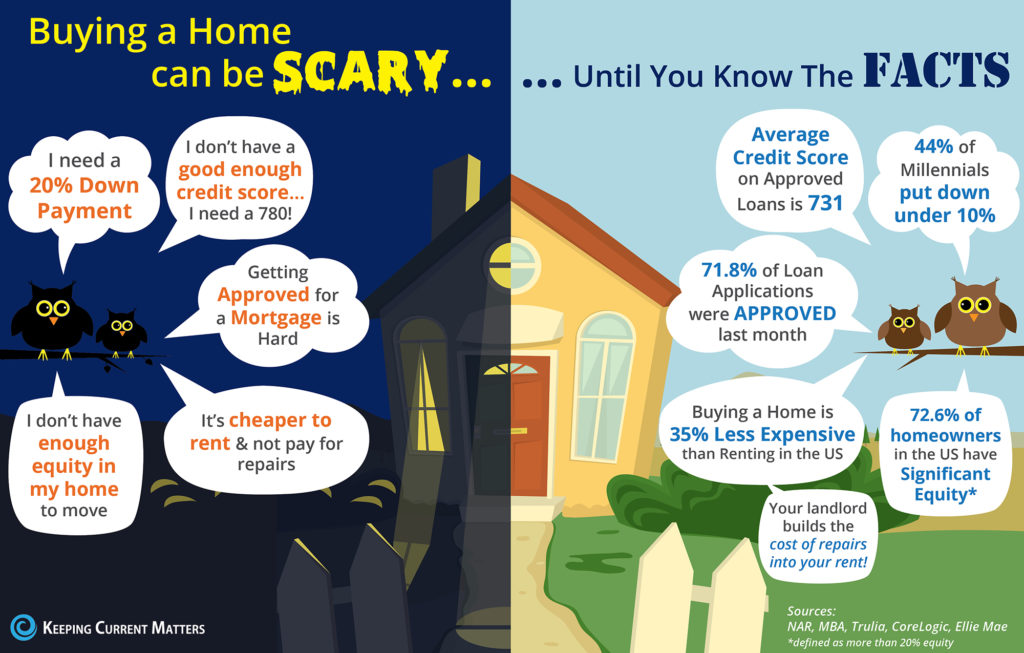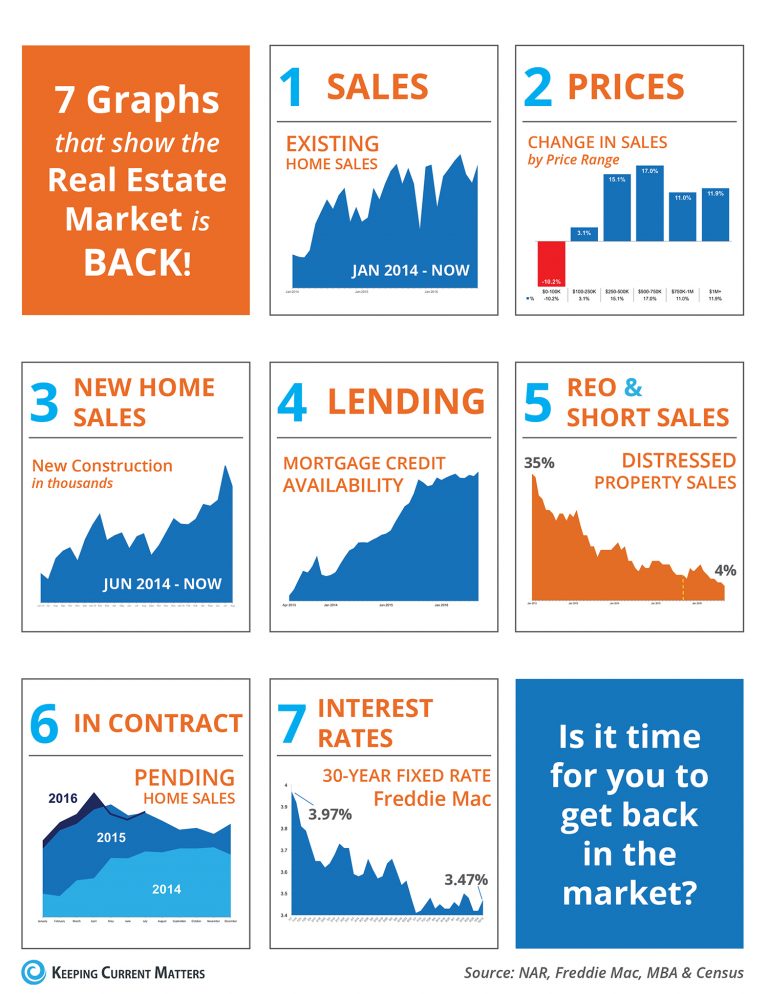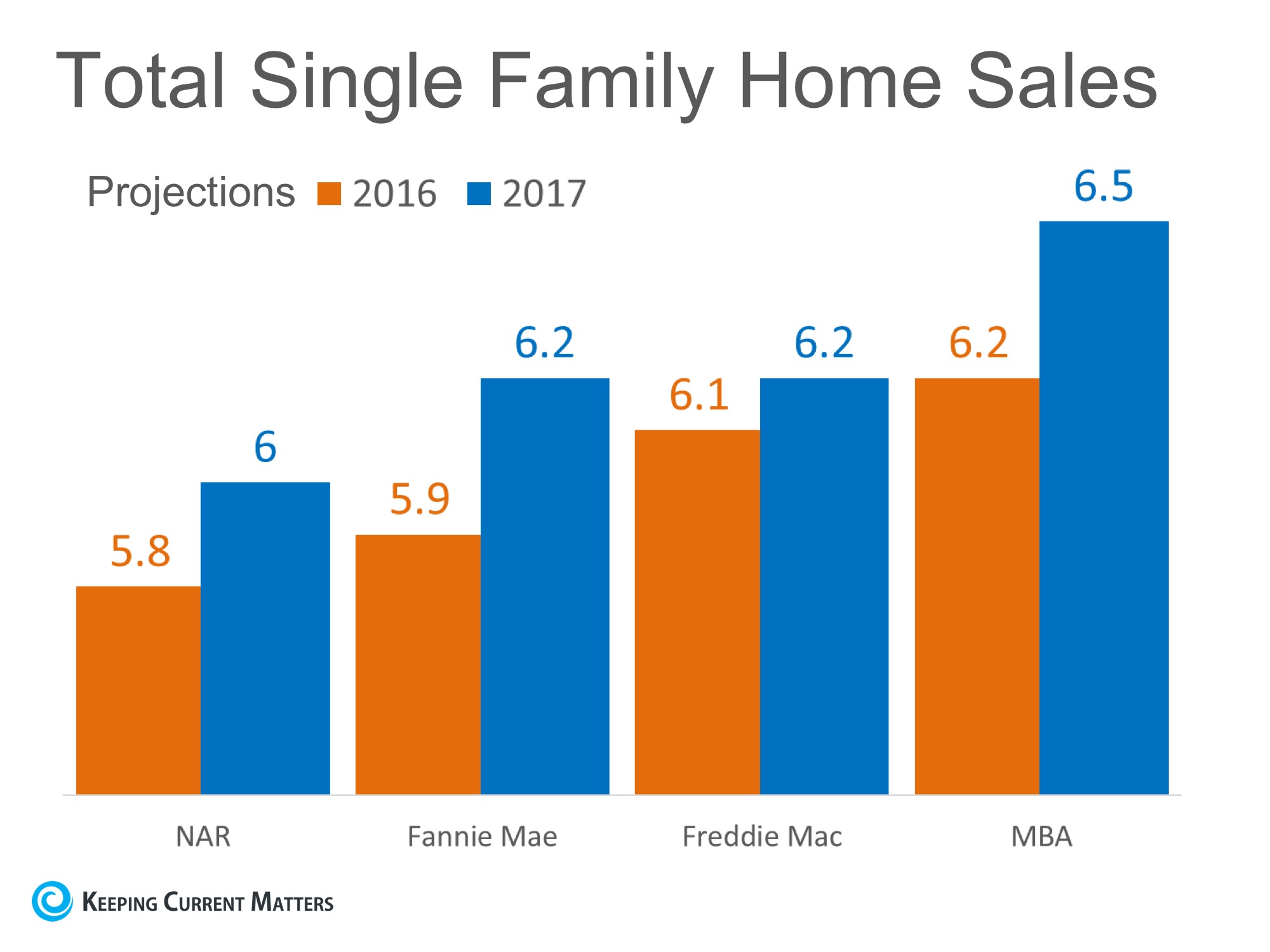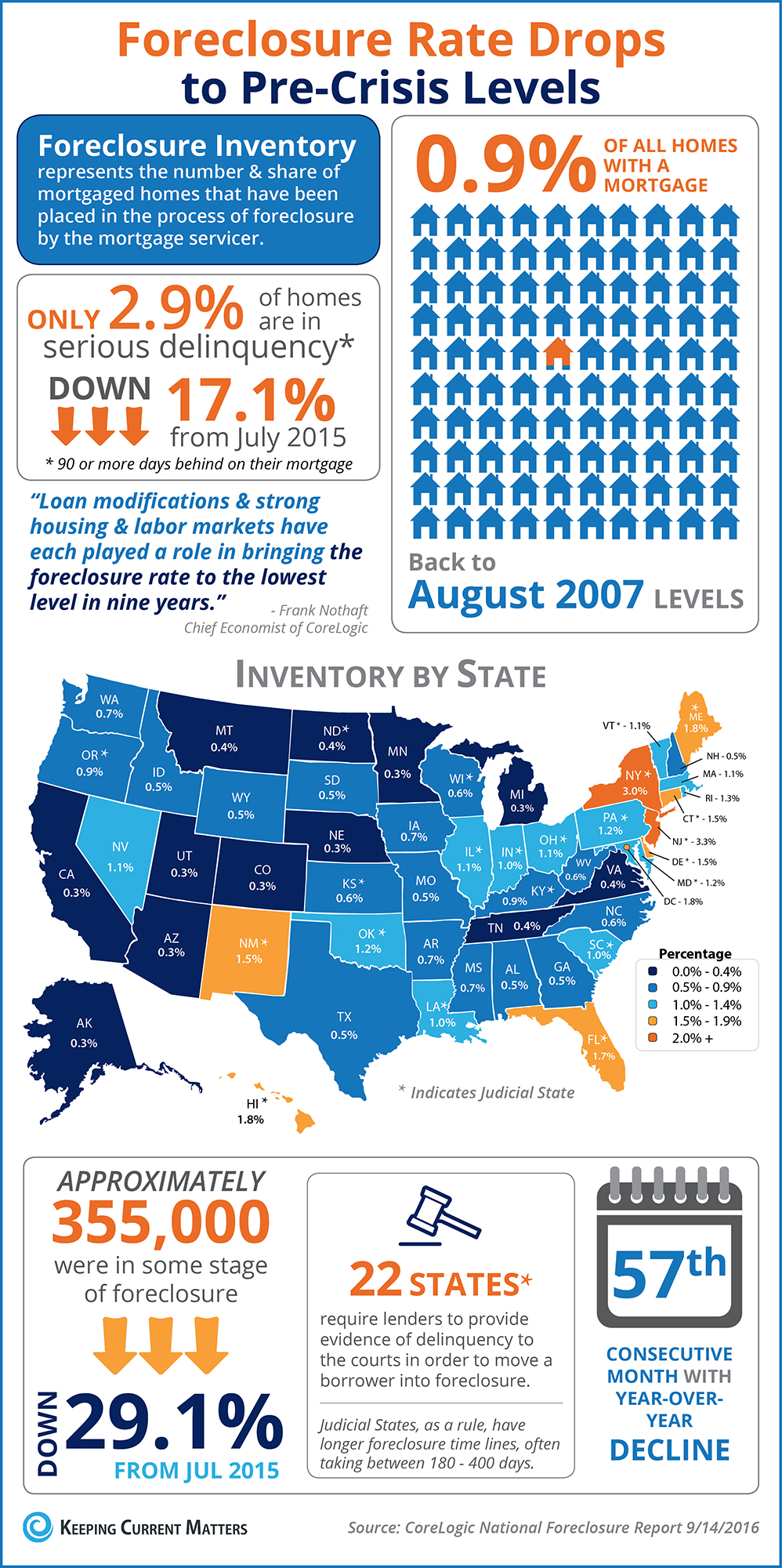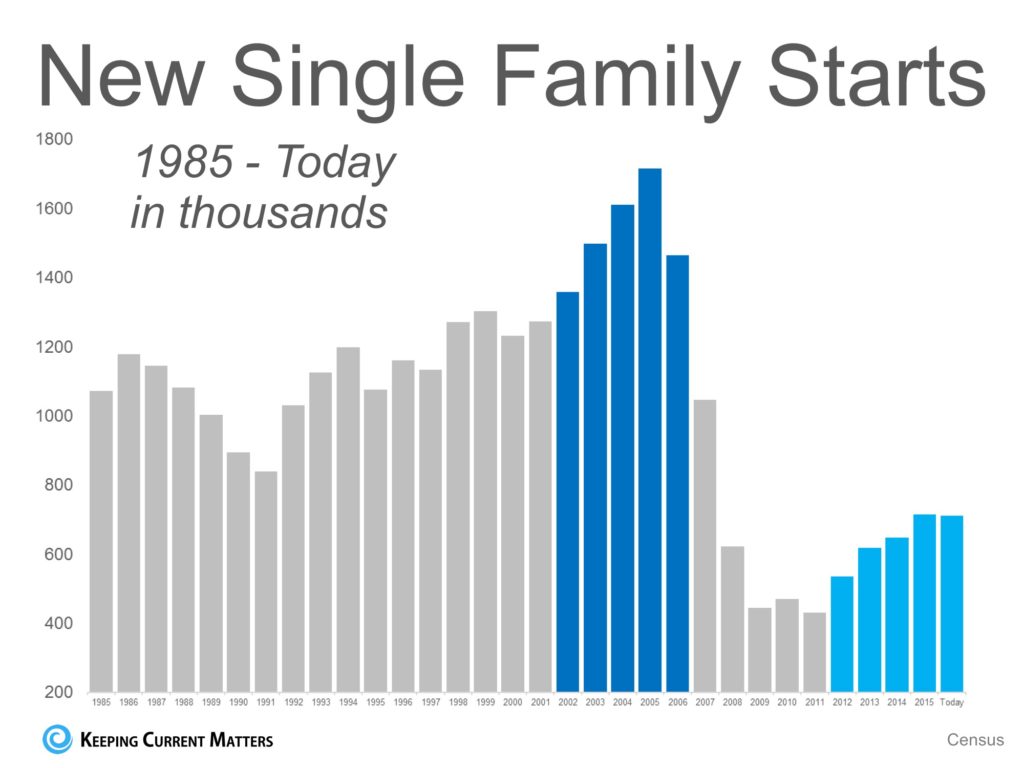Highest Homes Sales in a Decade
How to Remove, Hide and Play Down a Popcorn Ceiling
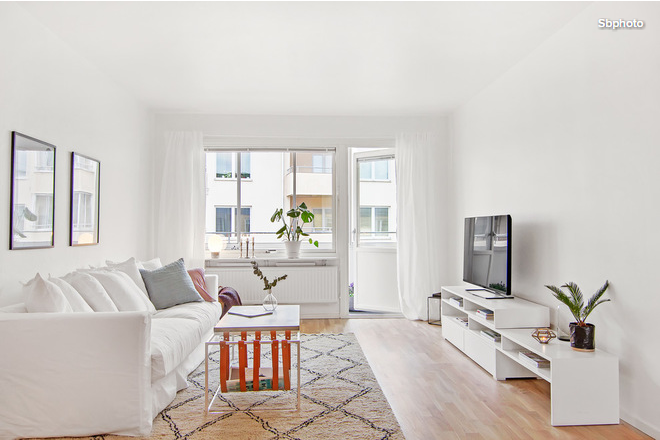 When it comes to dealing with stucco overhead, you’ve got options
When it comes to dealing with stucco overhead, you’ve got options
Don’t love your popcorn ceiling? You’re not the only one stuck with some unwanted stucco overhead. There are many options for moving on from it, but not all of them are equally effective — or equally easy. To help you decide how to address your popcorn problem, here are some top ways to remove, cover or distract from stucco ceilings.
Buying a Home Can Be Scary Unless You Know the Facts
7 Graphs That Show the Real Estate Market Is Back
WEALTH ON THE RISE
This is part of a report from an International study done by Luxury Portfolio, a subsidiary of Leading Real Estate Companies of the World.
Personal wealth has grown substantially all over the world since the offi cial end of the recession in 2010. The latest statistics from the wealth monitoring at Credit Suisse suggest a rapid growth not only of the wealthy, but also the ultra-wealthy. Consider the statistics, below:
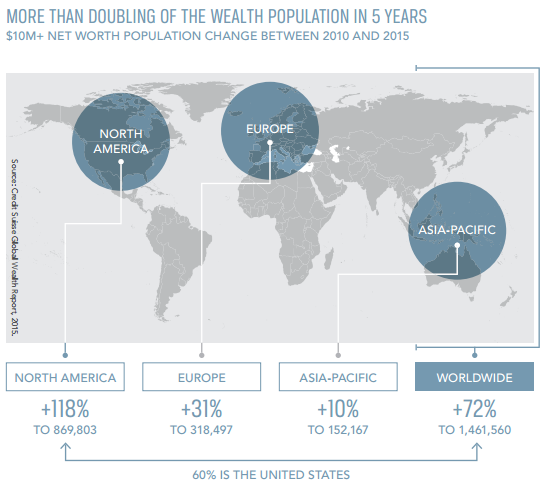 The ranks of the ultra-wealthy, at $50 million or more in net worth, have also soared to new heights. Worldwide there are an estimated 123,838 individuals at this prestigious level, an increase of 53% in just fi ve years. What’s more, half of the world’s ultra-wealthy live in North America, which is adding to the count more than twice as fast as Asia-Pacifi c (58% versus 22% growth 2010–2015) and still faster than Europe (39% growth between 2010–2015). The concentration of wealth continues to remain in the West, despite the strong inroads made by Eastern economies. As more individuals enter into the world of wealth, we decided to take a closer look at the Global Top 1%, or in this case, those with a minimum of USD 3 million in assets (excluding primary residence).
The ranks of the ultra-wealthy, at $50 million or more in net worth, have also soared to new heights. Worldwide there are an estimated 123,838 individuals at this prestigious level, an increase of 53% in just fi ve years. What’s more, half of the world’s ultra-wealthy live in North America, which is adding to the count more than twice as fast as Asia-Pacifi c (58% versus 22% growth 2010–2015) and still faster than Europe (39% growth between 2010–2015). The concentration of wealth continues to remain in the West, despite the strong inroads made by Eastern economies. As more individuals enter into the world of wealth, we decided to take a closer look at the Global Top 1%, or in this case, those with a minimum of USD 3 million in assets (excluding primary residence).
Here’s a link to the entire study.
Average Time to Foreclose Is Getting Shorter
Properties in the third quarter took an average of 625 days to complete a foreclosure, down from 630 days a year ago. It was the first year-over-year decrease since ATTOM Solutions began tracking average foreclosure timelines in the first quarter of 2007.
Nineteen states saw their foreclosure timetables shorten from a year ago, led by Nevada (down 22 percent); Massachusetts (down 22 percent); Michigan (down 21 percent); Oregon (down 20 percent); and Texas (down 20 percent).
Meanwhile, the following states had the shortest foreclosure timelines, as of the third quarter: Virginia (196 days), New Hampshire (230 days), Texas (246 days), Minnesota (250 days), and Mississippi (253 days). All five of these states have non-judicial foreclosure processes.
View this chart of the U.S. to see your state’s average foreclosure timeline as of the third quarter: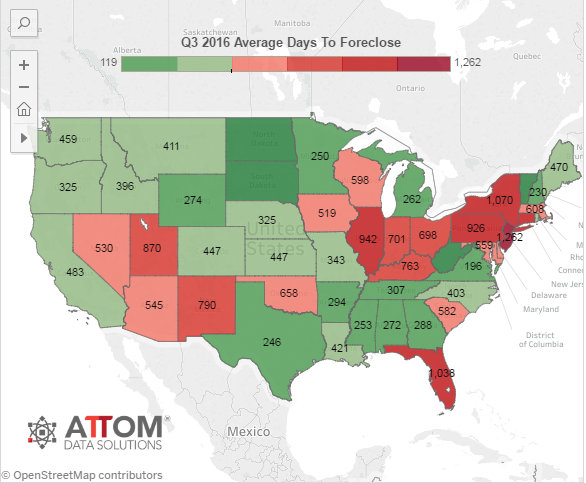
Projections For Home Sales in 2017 Expected to Increase
New Construction Numbers
Though some think that the pace of the housing recovery
is unsustainable. However, Jonathan Smoke, the Chief Economist of realtor.com explains the basic difference between 2005 and today:
“The havoc during the last cycle was the result of building too many homes and of speculation fueled by loose credit. That’s the exact opposite of what we have today.”
If we look at the number of new single family housing starts over the last 30 years, we can see that the numbers of housing starts during the current recovery (2012-Today) are still way below historic averages, and
are far less than the numbers built during the run-up to the housing bubble (2002-2006).
A single family housing start is defined as “the number of permits issued for construction of new single family housing units. Housing starts are an important economic indicator
due to its extensive spill over benefits for the other sectors of the economy (retail, manufacturing, utilities).”
Current demand for housing actually calls for more new construction to be built – not less. We should at least return to historically normal levels.
